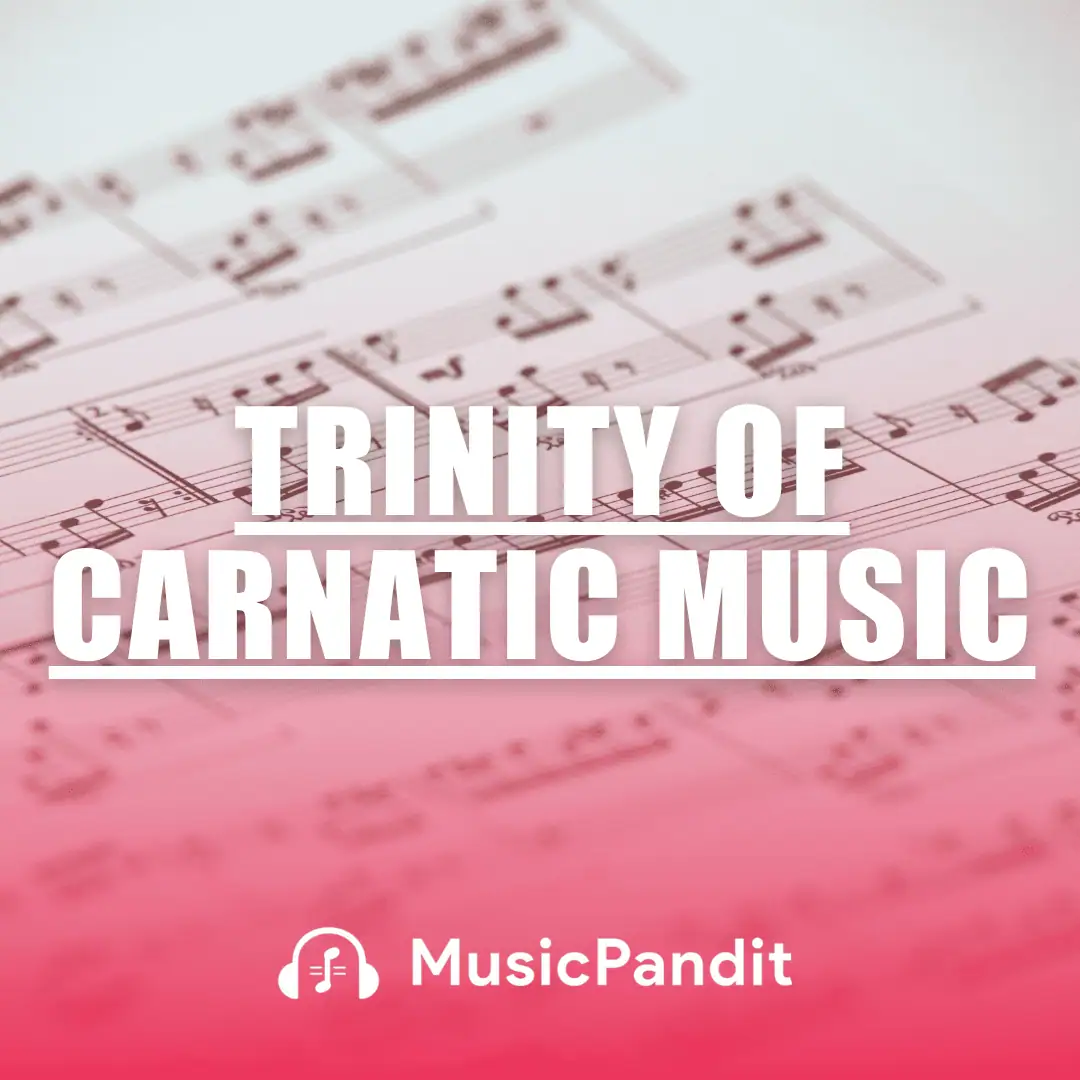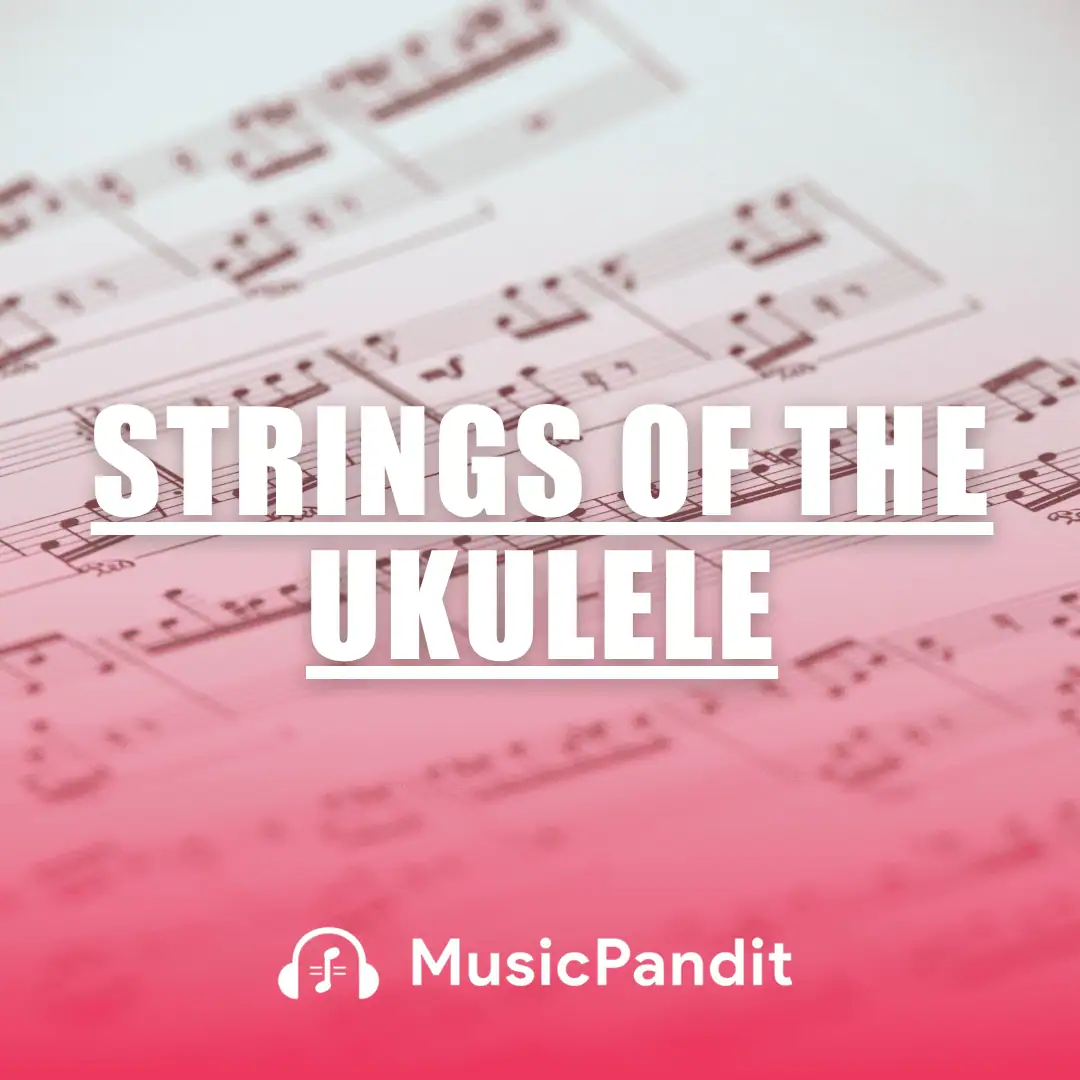Music is a universal language that brings people together. One of the most beautiful expressions of this unity is the duet. Whether in classical compositions, popular songs, or instrumental pieces, duets showcase the harmony and collaboration between two performers.
This guide will explore the concept of duets in music, providing definitions, examples, and insights into their importance and benefits.
What is a Duet?
A duet is a musical composition designed for two performers, each playing an equally important role. These performers can be vocalists, instrumentalists, or a combination of both. The key characteristic of a duet is the balanced partnership between the two parts, creating a harmonious blend that enhances the overall musical experience.
Also Read: Stage Performance Tips for Singers and Performers
In musical terminology:
- Duet: A composition for two voices or instruments, either with or without accompaniment. Both parts are of equal importance, distinguishing it from a two-part song where one part may dominate.
- Duo: Refers to the pair of performers themselves. For example, two musicians performing together are called a duo, and the piece they perform is a duet.
Examples of Duets
Duets have been a significant part of music across various genres and periods. Here are some notable examples:
Classical Music
- “La ci darem la mano” from Mozart’s Don Giovanni: A famous operatic duet between the characters Don Giovanni and Zerlina, expressing mutual attraction.
- “Flower Duet” from Delibes’ Lakmé: A beautiful operatic piece performed by two sopranos, often featured in films and advertisements.
Popular Music
- “Under Pressure” by Queen and David Bowie: A classic rock duet that emerged from an improvisational session between the two artists.
- “Empire State of Mind” by Jay-Z and Alicia Keys: A modern duet celebrating New York City, blending rap and soulful singing.
Instrumental Duets
- Piano Duets: Compositions for two pianists, either on the same piano (four hands) or on separate pianos. Notable composers like Mozart and Schubert have contributed significantly to this form.
- Jugalbandi in Indian Classical Music: A performance featuring a duet of two solo musicians, often from different musical traditions, showcasing a playful competition and collaboration.
Importance of Duets
Duets play a crucial role in the musical landscape for several reasons:
- Showcasing Harmony: They highlight the beauty of two distinct voices or instruments coming together to create a unified sound.
- Demonstrating Equality: In a duet, both performers share equal importance, promoting a sense of balance and mutual respect.
- Enhancing Musical Expression: The interplay between two parts allows for dynamic expression and emotional depth, enriching the performance.
Uses of Duets
Duets are utilized in various musical contexts:
- Educational Settings: Teachers often use duets to instruct students, allowing them to learn about harmony, timing, and collaboration.
- Concert Performances: Duets are featured in concerts to provide variety and showcase the synergy between performers.
- Recording Projects: Artists collaborate on duets to blend different styles and reach wider audiences.
Benefits of Performing Duets
Engaging in duet performances offers numerous advantages:
- Improved Listening Skills: Performers must attentively listen to each other to maintain harmony and synchronization.
- Enhanced Timing and Rhythm: Playing or singing with another person requires precise timing, which sharpens rhythmic abilities.
- Development of Interpersonal Skills: Duets foster communication, cooperation, and trust between performers.
- Exposure to New Techniques: Collaborating with another musician can introduce new styles and techniques, broadening one’s musical repertoire.
How to Perform a Duet
Performing a duet successfully involves several key steps:
- Choose the Right Partner: Select someone whose skill level and musical style complement your own.
- Select Appropriate Music: Pick a piece that suits both performers’ abilities and showcases your combined strengths.
- Practice Individually: Each performer should learn their part thoroughly before rehearsing together.
- Rehearse Together: Practice as a duo to work on timing, dynamics, and expression. Pay attention to how your parts interact.
- Communicate Openly: Discuss any challenges and provide constructive feedback to each other.
- Perform with Confidence: Trust in your preparation and enjoy the collaborative experience.
Related Topics
Exploring duets opens the door to several related musical concepts:
- Ensembles: Groups of musicians performing together, ranging from trios to full orchestras.
- Harmony: The combination of different musical notes played or sung simultaneously to produce a pleasing sound.
- Counterpoint: A compositional technique where two or more independent melodies are played together, creating intricate musical textures.
- Call and Response: A musical form where one performer sings or plays a phrase, and another responds, commonly used in various musical traditions.
Instrument-Specific Duets
Duets can be tailored to specific instruments, each offering unique challenges and rewards:
Piano Duets
- Four Hands, One Piano: Two pianists share the same piano, requiring coordination and spatial awareness.
- Two Pianos: Each pianist has their own instrument, allowing for more complex arrangements.
String Duets
- Violin and Cello: Combining the high pitch of the violin with the rich, lower tones of the cello creates a balanced and harmonious sound.
- Guitar Duets: Two guitarists can explore intricate fingerpicking patterns and harmonies.
Wind Instrument Duets
- Flute and Clarinet: The contrasting timbres of these instruments blend beautifully in duet performances.
- Trumpet Duets: Two trumpets can perform fanfares and harmonized melodies, showcasing their bright tones.
Vocal Duets
Vocal duets involve two singers whose voices complement each other. They can be categorized into:
- Homophonic Duets: Both singers perform the same rhythm and text, often in harmony.
- Polyphonic Duets: Each singer has an independent melody, creating intricate interweaving lines.
- Call and Response Duets: One singer leads with a phrase, and the other responds, creating a conversational dynamic.
Conclusion
Duets are a captivating and enriching aspect of music, offering performers the opportunity to collaborate, learn, and create harmonious expressions together. Whether you’re a vocalist or instrumentalist, exploring duets can enhance your musical journey, providing both challenges and rewards that contribute to your growth as a musician.
Explore Latest Music Articles














